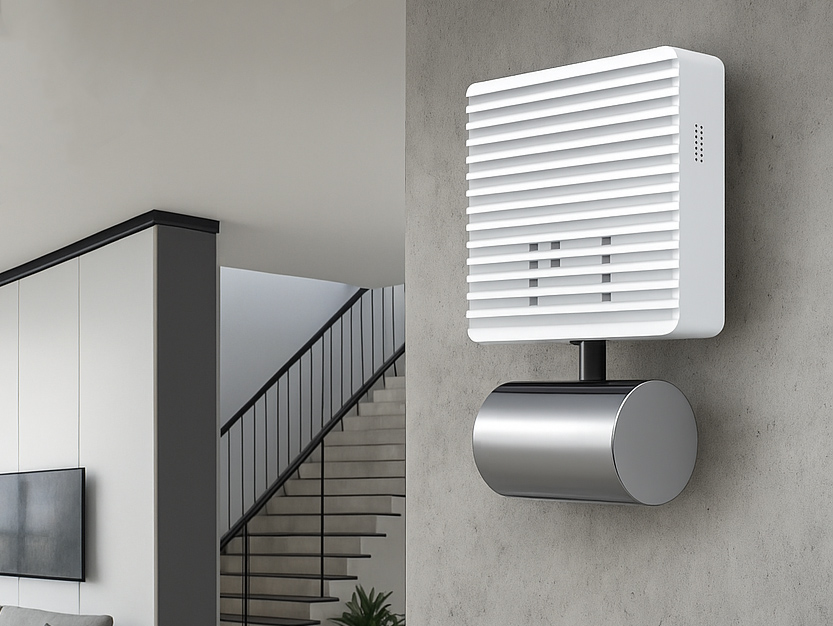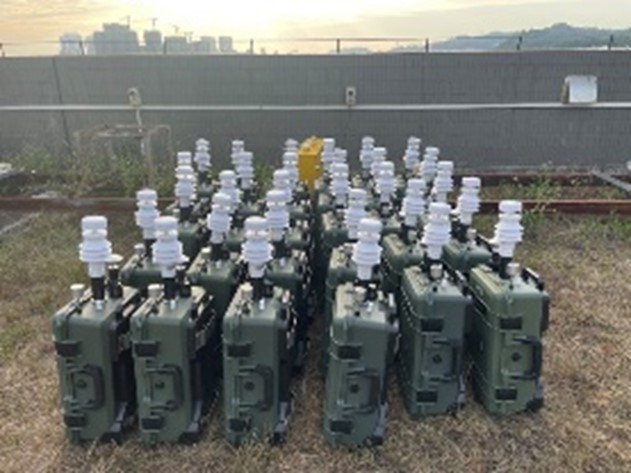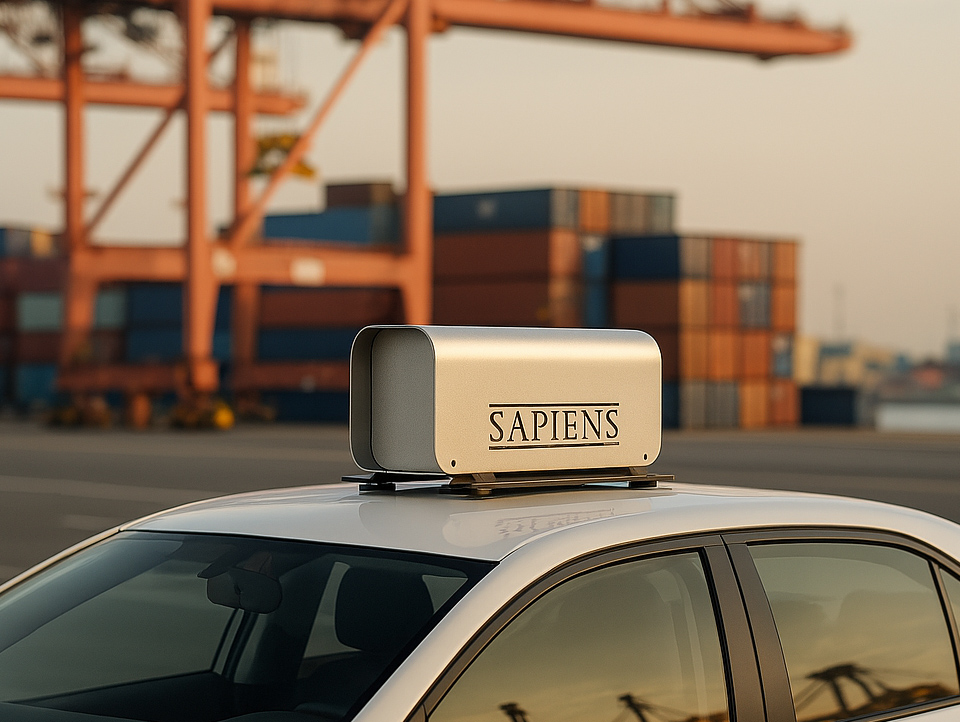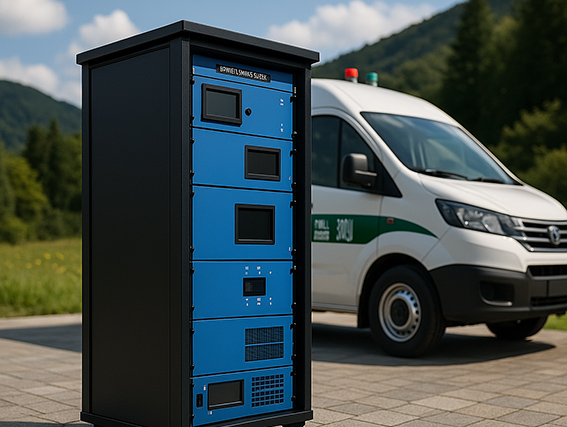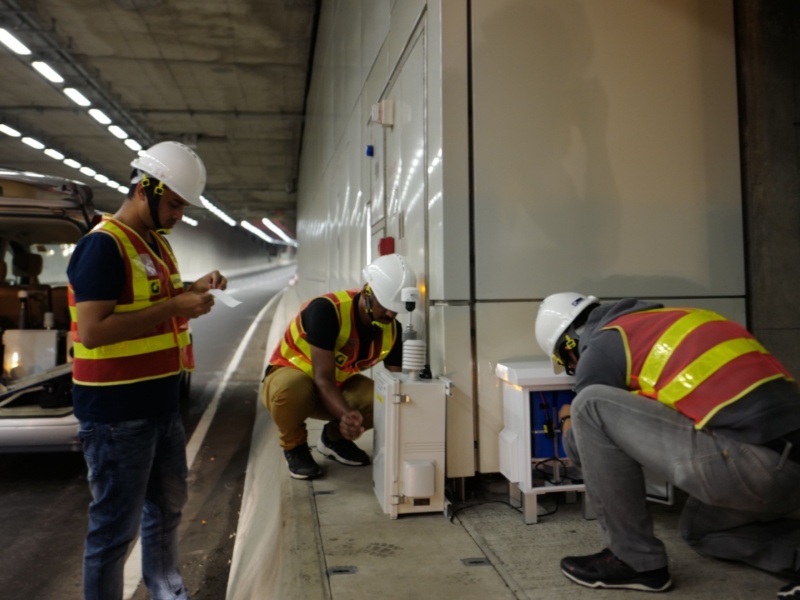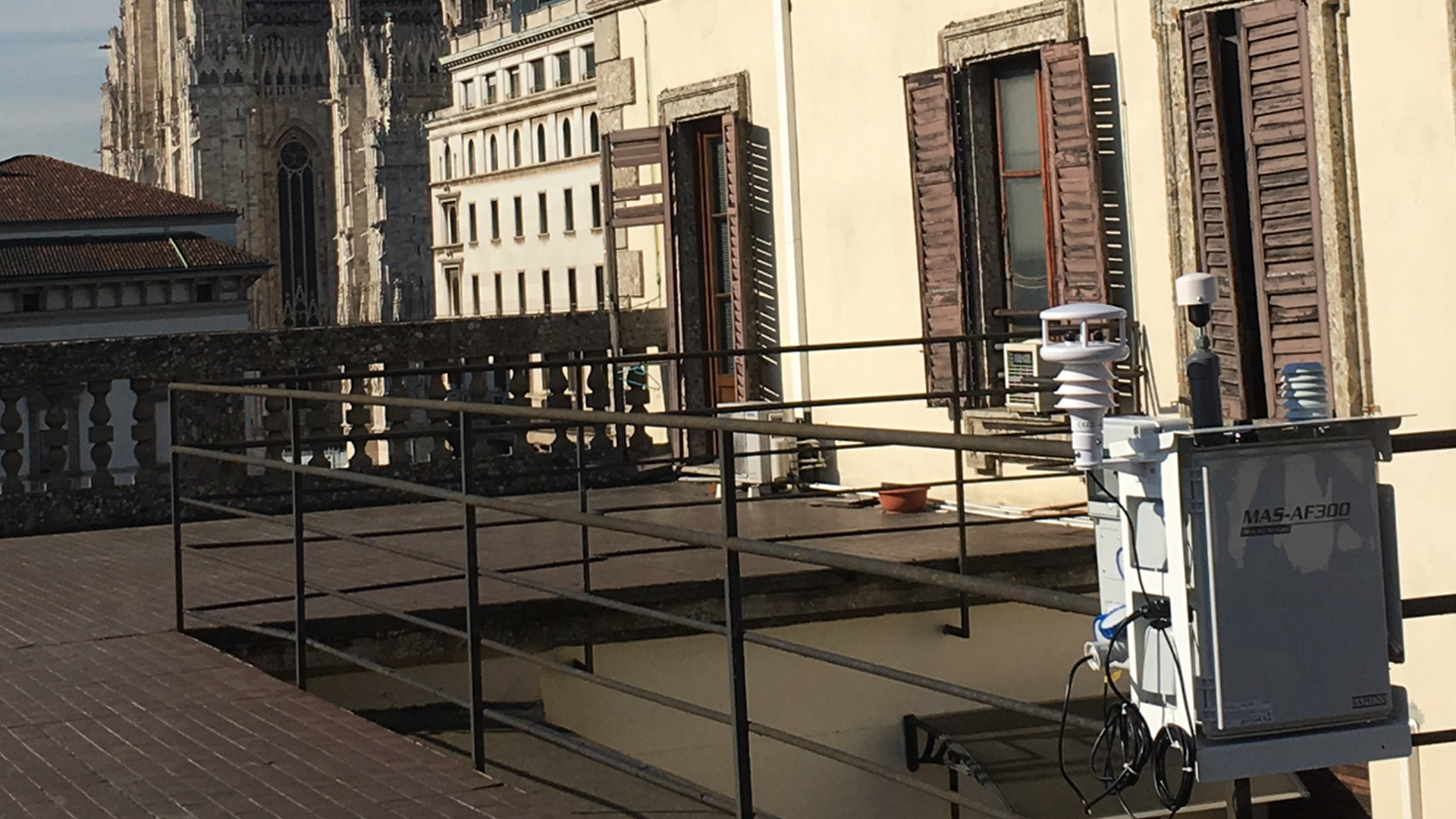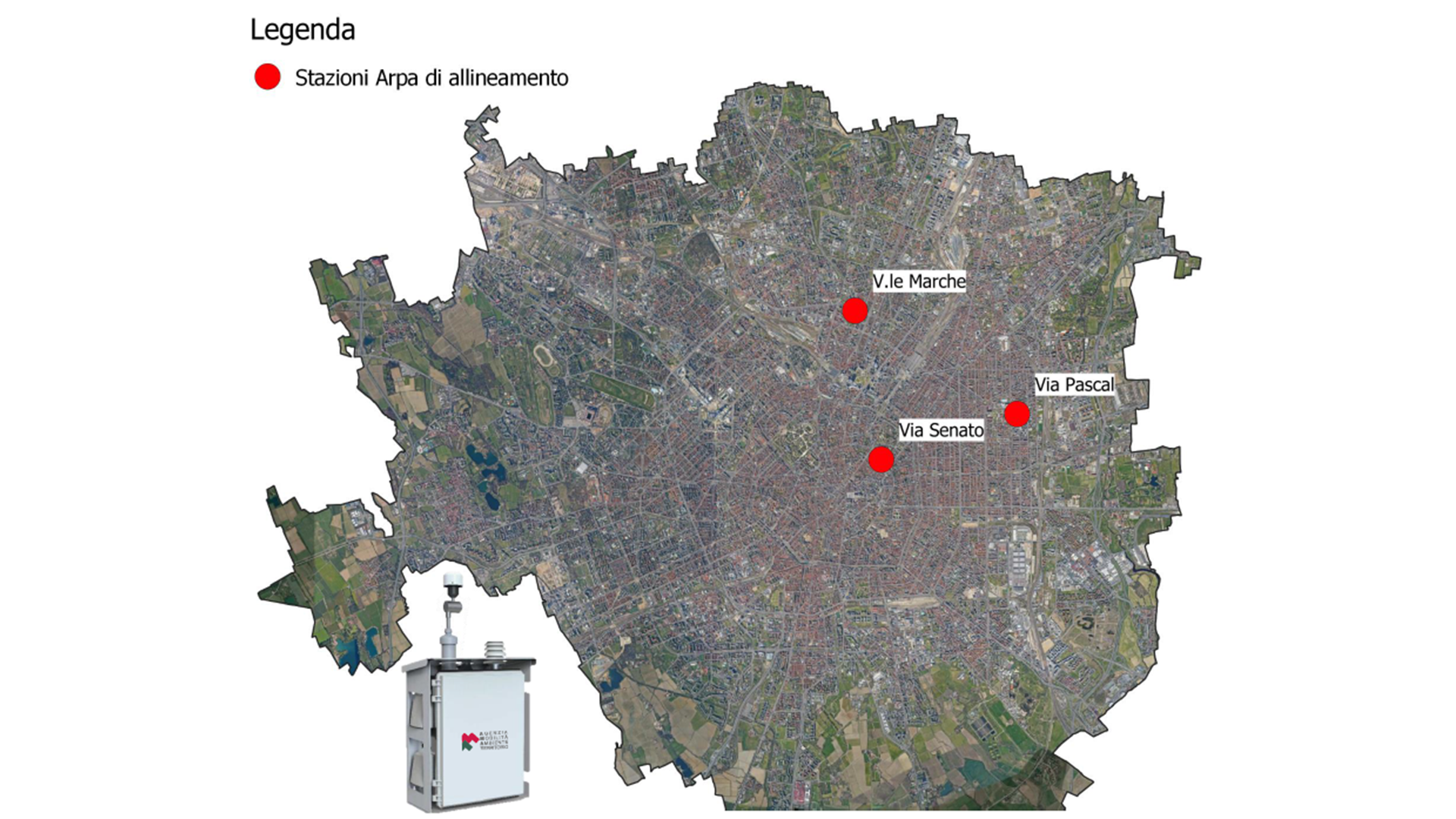
Solutions



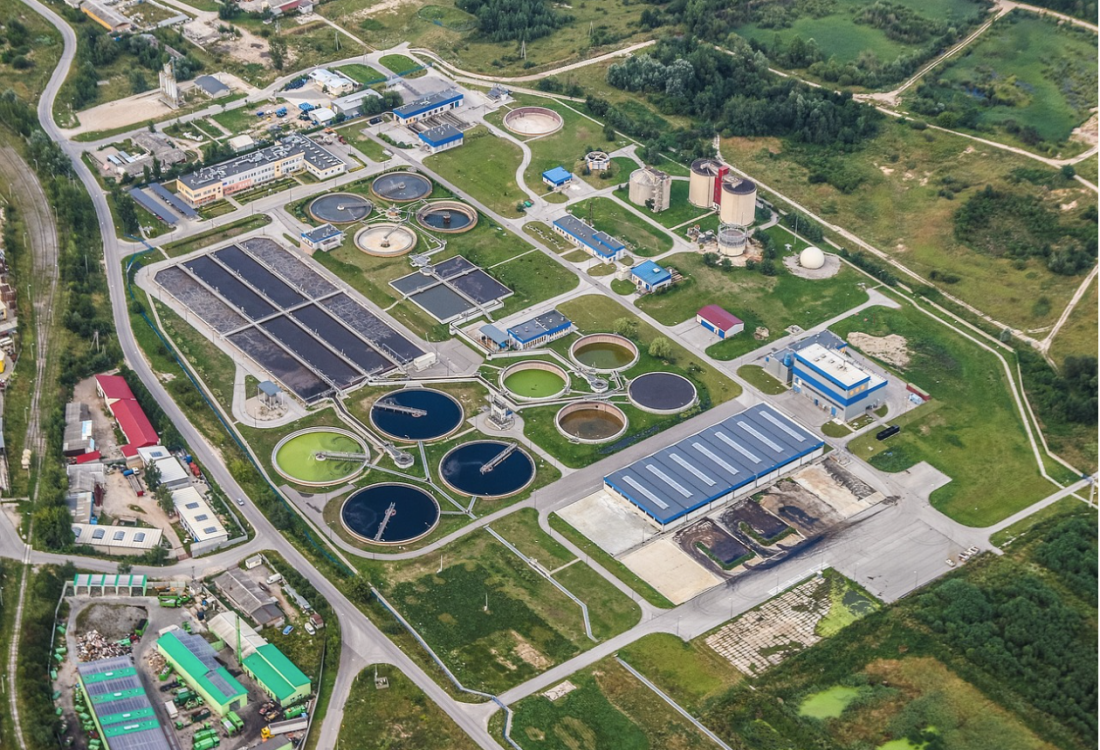









Construction

Ambient & Communities Monitoring

Industrial Emission Monitoring

VOCs & Odour Monitoring and Sampling

Traffic & Marine Emission

Tunnels, Parking & Transportation Hubs Environment Monitoring

Drone-Based Monitoring and Sampling

Occupational Health & Personal Exposure

Indoor Air Quality and Green Building

Sport Events and Emergency Monitoring

Harsh Environments

Heritage & Museum
Solutions
Construction
Ambient & Communities Monitoring
Industrial Emission Monitoring
VOCs & Odour Monitoring and Sampling
Traffic & Marine Emission
Tunnels, Parking & Transportation Hubs Environment Monitoring
Drone-Based Monitoring and Sampling
Occupational Health & Personal Exposure
Indoor Air Quality and Green Building
Sport Events and Emergency Monitoring
Harsh Environments
Heritage & Museum




